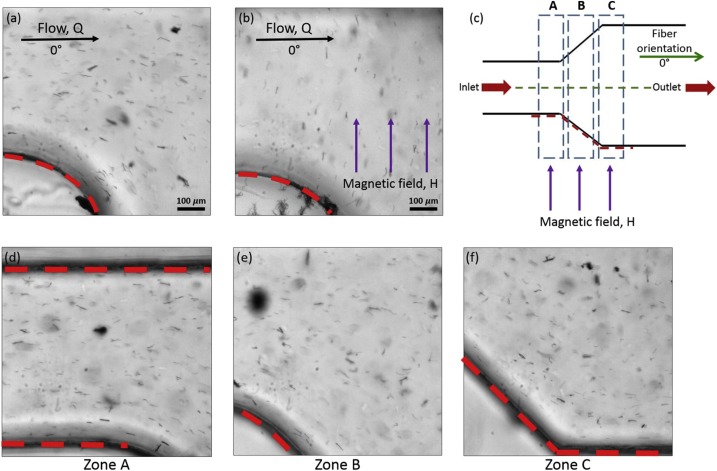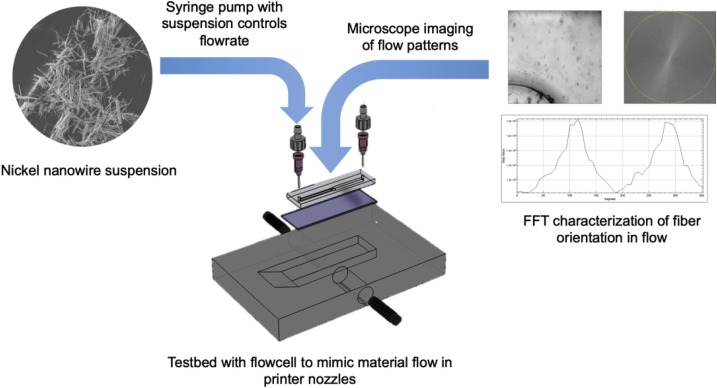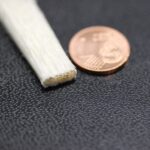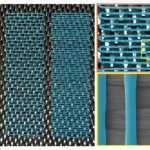Researchers from Florida State University’s High-Performance Materials Institute and the FAMU-FSU College of Engineering have developed and investigated a new technique for 3D printing that could produce much stronger materials that could be used in a variety of engineering applications.

In a paper published in the journal Additive Manufacturing, recent engineering doctoral graduate Mahuparna Roy and Associate Professor of Industrial and Manufacturing Engineering Tarik Dickens showed the possibility of using magnetic fields near a 3D printer to change the alignment of fibers inside an object as it was being printed. This tweak in the mechanical properties of the material could greatly improve its overall quality and strength. Dickens, the paper’s corresponding author, calls it “magneto-assisted printing.”
“3D-printed materials are not strong on their own because they’re just plastic layers sitting on top of each other,” said Roy, the paper’s lead author. “The gap in the research world is to improve mechanical properties. With improved mechanical properties, you could create solutions for any kind of application, depending on what that particular application requires.”
The new technique
3D printing sometimes adds fibers made from various materials to the plastic or other substances used in printing, a technique that can improve the strength of the finished piece. When those fibers come out of a nozzle, they are oriented parallel to the direction of the flow from that nozzle. But by applying a magnetic field near the printer, the researchers were able to create objects with fibers oriented perpendicular to the nozzle’s flow.

The alignment of fibers inside an object can give it certain useful properties, for example, more strength or electrical conductivity. Along with showing the possibility of this new technique for fiber alignment, the research also examined how different flow rates, magnetic field strength and the shapes of nozzles affected the ability to change the fiber alignment. A theoretical model developed by Bryan Quaife, assistant professor in the FSU Department of Scientific Computing, was used to study the process regime of the assisted flow-geometry.
The study found that the more viscous the printing substance, the stronger the required magnetic field for realigning the magnetic fibers. The experiments also seemed to show that as the material is moved through the nozzle faster, the less the interior fibers will be realigned.
Further developments
The research showed the possibility of using this technique for a material with low viscosity, so future investigations could study the process with a more viscous material that requires a stronger magnetic field to realign the interior fibers, Roy said. Mechanical tests of the finished 3D-printed product would also be helpful.
“There are still plenty of gaps that need to be addressed in terms of what materials can be used and what printers can be used in conjunction with them,” Roy said. “In this work, we’re talking about using plastics with metal particles in them. We’re combining the two major groups of 3D-printing materials to make a new material that gives you added functionality when it comes to making anything else.”
Co-authors of this study include postdoctoral researcher Phong Tran. This work was supported by the National Science Foundation.
Featured image: Madhuparna Roy, a former engineering doctoral student and the lead author of a paper that showed the possibility of using magnets to realign fibers inside a material being used for 3D printing.
Source: Florida State University











